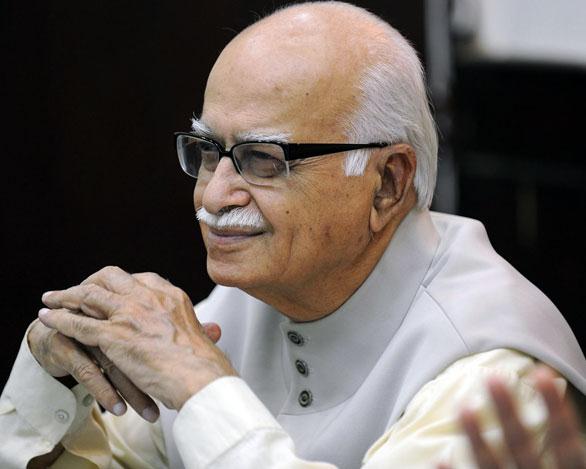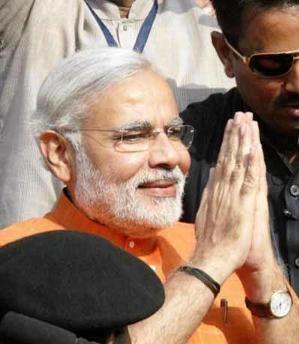June 10, 2016
PARIS — Sirens whooped so loud they drowned out the buzz of travelers awaiting trains in the Gare de Lyon.

Soldiers patrol ahead of the UEFA 2016 European Championship in Nice, France, June 8, 2016. – REUTERS
June 10, 2016
PARIS — Sirens whooped so loud they drowned out the buzz of travelers awaiting trains in the Gare de Lyon.

Soldiers patrol ahead of the UEFA 2016 European Championship in Nice, France, June 8, 2016. – REUTERS
“The station must be evacuated!” intoned the omnipresent public address system, repeating the message in French and in English. “Please go to the exits and help people having difficulty.”
Nobody moved. Hundreds of people from all over France and indeed from all over the world milled about, frozen for a moment with a mix of fear and confusion, obliviousness, and blasé cynicism.
Some had heard the announcement shortly before that this would be just a test of evacuation systems. Some hadn’t. But all shared in that moment a taste of things to come in a country that has weathered two terrible terrorist onslaughts since January 2015, and is now preparing for more.
Beginning on Friday night, and for the next month, France will host Euro 2016, a competition among national soccer teams from all over Europe that will be watched by enormous audiences in stadiums around the country, on television around the globe, and—what worries French authorities the most—in open-air venues like the Champ de Mars around the Eiffel Tower.
In these so-called fan zones, thousands and even tens of thousands of people will gather to see the matches on enormous television screens, and while there will be security checks, especially this Friday night, it’s a good bet that as the matches go on day after day at venue after venue, some will grow more lax.
Ultimately, as with all counter-terror operations, the first and best line of defense is good intelligence, and when that fails—as it did most grievously before the jihadist attacks on the satirists at Charlie Hebdo and Jewish shoppers at a kosher supermarket in January; during the horrific slaughter in Paris in November; and the related carnage in Brussels in March—there is little that can be done to protect civilians from terrorists willing to kill anyone they can almost anywhere they can find them.
In the bloody Nov. 13 attacks in Paris, the suicide bombers who caused the fewest casualties were the ones who tried to get into a friendly soccer match between France and Germany in the huge Stade de France—and failed. (The same stadium will host the first Euro 2016 match, France v. Romania, on Friday night.)
The real slaughter in November took place at a rock concert in town at the Bataclan concert hall, and in drive-by shootings that targeted sidewalk cafés. The terrorists who struck in Brussels could not get on planes, so they blew themselves up in the airport’s departure hall, and on the city’s subway.
French officials insist that intelligence gathering and intelligence sharing about jihadists has improved, but they made similar claims after previous terror incidents, and then more attacks came.
Some French government officials console themselves, privately, with the idea that the November atrocities in Paris and the March atrocities in Brussels were linked, and virtually all those known to be involved in Europe either blew themselves up or are under arrest.
But that will be little consolation if other cells are operating out of sight, or, having been noticed by authorities earlier, have fallen off the radar, which was the case with the monsters who struck in Paris and Brussels.
The French daily Le Monde reported last week that French authorities had detained a man who claimed to be part of an ISIS sleeper cell but who decided to repent and turn himself in. Others may not be so forthcoming.
It’s hardly reassuring that a leading jihadist recruiter in France, Omar Diaby, aka Omar Omsen, who went to Syria in 2013 and was believed killed last year, has now resurfaced alive and well, and giving ++Skype interviews to The Daily Beast from what he says is Syrian territory.
But the terrorist temptation held out by such major events as the Euro 2016 soccer championships is not only there for organized jihadist groups like the so-called Islamic State (ISIS) and al Qaeda, it’s also hard to resist for lone wolves and violent losers of other religious and ideological stripes.
Ukraine recently announced the arrest of an alleged partisan of the French far right, supposed to have been planning an attack on a mosque, a synagogue, and other targets in France, presumably to try to start an ethnic and religious war.
According to the Ukrainian security service, the SBU, Grégoire Montaux was in possession of an arsenal that included rocket-propelled grenades, assault rifles, and 150 kilos of TNT acquired from the flourishing Ukrainian black-market arms bazaar in Europe’s backyard.
That case is disturbing, as The Daily Beast reported, not only for the potential threat announced by the Ukrainians, but also because of the potential confusion created by deep mistrust of their intelligence service.
So could this young man with no criminal history and a passion for agriculture be another Anders Breivik, the hater of Muslims who killed 77 innocent people in Norway?
Although a preliminary investigation has been launched in France, Moutaux has yet to be named as a terrorism suspect, and officials are cautioning against jumping to conclusions. Indeed, the current charge against him is “arms smuggling,” and the regional judiciary in Nancy is handling the case, not the country’s Paris-based anti-terrorism unit.
“To say terrorism motives are ruled out is a bit strong,” a source close to the investigation told L’Express. “But right now there is nothing pointing in that direction.”
Real terrorists, fake terrorists, suspected terrorists, anti-terrorist terrorists—the fog of war is nothing compared to the treacherous uncertainties of the fight against lunatics with the will and the means to slaughter scores, if not hundreds or thousands, of innocent people.
To try to reassure the French public and visitors coming for the Euro 2016 matches, the French government has announced an extraordinary array of security measures in what professionals understand is a last line of defense against attacks.
As laid out by the French Interior Ministry, during Euro 2016, which lasts from June 10 to July 10, with games in Paris, Lille, Lens, Saint-Denis, Lyons, Saint-Etienne, Bordeaux, Toulouse, Marseille, and Nice, there will be 24 teams competing in 51 matches, attracting 2.5 million spectators in the stadiums, millions more outside, and 8 billion viewers around the world.
To protect the games and the public are 42,000 members of the National Police, 30,000 gendarmes, and 5,200 emergency workers, among them 300 bomb disposal experts.
Some of the 10,000 soldiers in the security deployment called Operation Sentinel will be assigned specifically to Euro 2016. There will also be 13,000 private security personnel, as well as some other civilian supporters and the municipal police in the various venues.
Altogether there will be 90,000 people deployed to keep the competitions safe.
And if all that doesn’t work?
Dozens of major training exercises were conducted this spring all over the country. The largest in the history of France, in the southwestern city of Nîmes, brought in more than 1,000 students from the National Police Academy there to endure a simulated radiological, biological, or chemical attack in a “fan zone.” The lessons were mainly about how to contain and channel panicking crowds once the terrorist deed is done.
Hence, as well, the drills at the crowded Paris station, the Gare de Lyon, where people wait to board high-speed trains that take them racing to their destinations in southern France at speeds of 300 kilometers (186 miles) per hour: “The station must be evacuated…” intoned the omnipresent public address system. Then, the reminder, “Ignore this test.” Unless and until, that is, it’s not a test at all.
One closing thought: Eight days before the Euro 2016 ends, the 22-day Tour de France begins. In a typical year, some 12 million spectators line the route of the world’s most famous bicycle race. The terrorist temptation continues.
Courtesy: The Daily Beast
















































































































